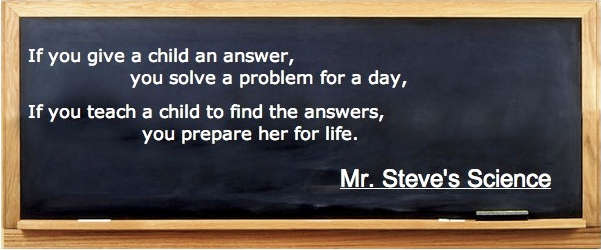 |
If you don't download it |
Pattern Blocks and Transformation Tools is an Etoys project to provide teachers and learners a simple free tool to explore ideas using Pattern Blocks. The transformation tools also allow kids to create their own transformation scripts by simply dropping the transformation tiles into a Etoys holder.
There is also a "Guess Who I Am" game on Page 2 where kids can create their own version of the game by dragging in or creating pictures and embedding them in the Polygons.
Here is a video showing how it works:
Kids can create their own transformation and simple animations using Transformation Scripting. The Pattern Blocks can also be used to explore fractions. To see how the scripts work the simplest way is to look for yourself. Get the viewers from the transformation tiles and look at the "doIt" scripts for each object. I used a Player Variable which we will discuss in an upcoming post
Fun with Fractions
I have found some good lesson plans on the web at:
If you can recommend any others please let me know.
NCTM standards that can be covered:
- Develop understanding of fractions as parts of unit wholes, as parts of a collection, as locations on number lines, and as divisions of whole numbers.
- Recognize and generate equivalent forms of commonly used fractions, decimals, and percents.
- Use models, benchmarks, and equivalent forms to judge the size of fractions.
Algebra 3-5
- Represent and analyze patterns and functions, using words, tables, and graphs.
- Describe, extend, and make generalizations about geometric and numeric patterns.
- Make and test conjectures about geometric properties and relationships and develop logical arguments to justify conclusions.
- Investigate, describe, and reason about the results of subdividing, combining, and transforming shapes.
- Build and draw geometric objects.
- Classify two- and three-dimensional shapes according to their properties and develop definitions of classes of shapes such as triangles and pyramids
- Identify, compare, and analyze attributes of two- and three-dimensional shapes and develop vocabulary to describe the attributes.

No comments:
Post a Comment